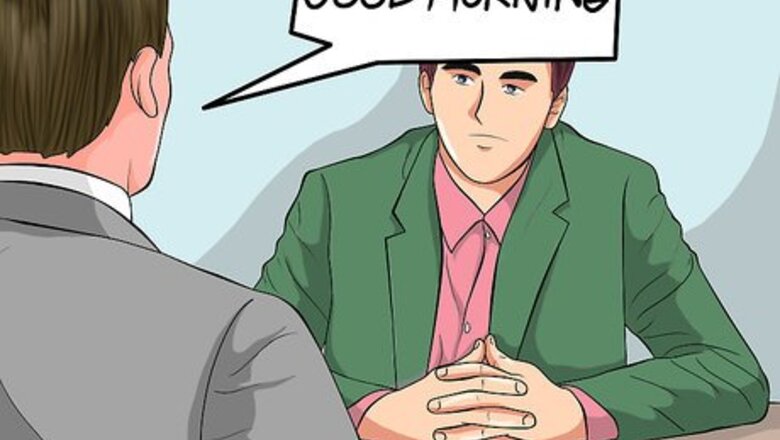
views
Formal greetings

Use formal greetings for formal events and when greeting dignitaries and persons in authority. For example, whenever addressing persons at a business meeting, an occasion during which you're meeting people with titles, positions of authority or who are in a position requiring the utmost of respect from you. Greetings that can be used on such occasions include: Good morning, good afternoon, and good evening. These are always polite ways of addressing people when greeting them. How do you do? I am very pleased to meet you.
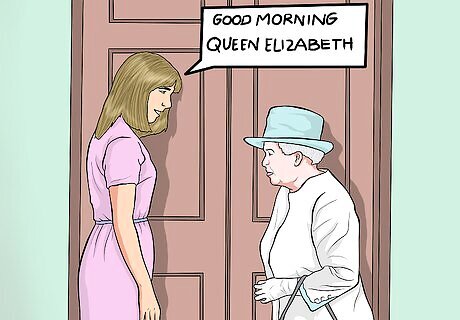
Include the person's title where you know it. For example: "Good evening Lady Haversham. I am honored to meet you." "Good afternoon King William. It is a pleasure to make your acquaintance." "Good morning Your Royal Highness."

If you're unsure of the person's status, it is usually appropriate to say Sir or Madam, to convey initial respect until you're able to find out their proper title.
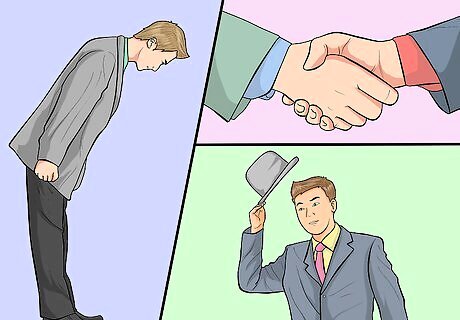
Consider other gestures that might complete the greetings. In certain cases, some of the following may be appropriate, depending on appropriate protocol: Making a slight or deep bow, or a slight or deep curtsy. Removing your hat. Where shaking hands is appropriate, use a good, firm hand grip and shake confidently without being rough or holding on for too long.
Informal greetings

Greet people in a less formal manner when you know them already, when the occasion is informal or casual and when others make it clear from the context that less formal greetings are just fine. Some examples include: Try "hi", "hey", or "hello". "Hey" is most often heard most among "Gen Y", so it's best to use it with the younger crowd (but you may find Gen X using it too). "Hi" is usually fine for many people but hello is a standard and polite way to greet informally when you're unsure, or the person is much older than you, or unfamiliar to you. Try "greetings!" or "salutations". Each of these makes sense but to many ears will sound a bit old-fashioned and may alert the listener to you having learned your English from a rather old book. Try "How are you?" or "Great to meet you/see you".
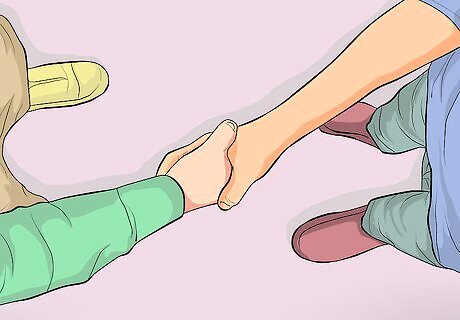
Consider shaking hands if this is appropriate. If you wanted to make a good impression on someone you're meeting for the first time, you may want to shake hands.
Familiar or special forms of greeting
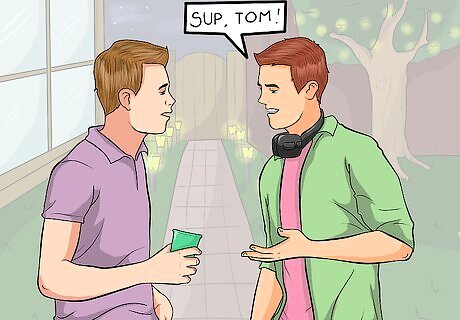
Fit in with the group. If you are in a group with its own more familiar forms of greetings, learn what is said, then repeat it. For example, you might say: "hey," "whassup?" and "what's crack-a-lackin'?" Personalize your greetings once you feel confident enough to do so. If you're not sure, ask a friend to confirm that what you're saying is okay.
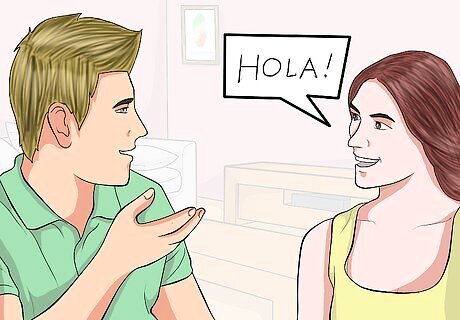
Greet people in other languages. English is the language of other languages and soaks up foreign words and renews them as English all the time. You'll likely find that most people understand "hola," "bonjour," and "namaste." Just don't overdo it or try it out on formal occasions.

Include a person's name in your greeting. For example, "'Sup, Tom!"
Give your greetings a try. You never know until you give it go.




















Comments
0 comment